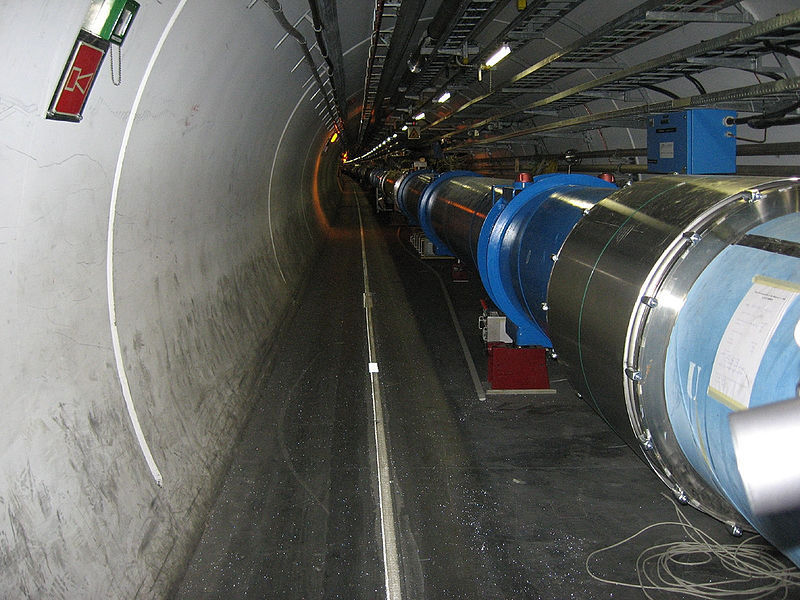CERN Large Hadron Collider Restarts After 2-Year Hiatus: What Will It Find This Time?
By Jim Algar | Tech Times

Ready to smash particles in collisions at almost twice the energies as before, physicists will use the LHC to probe ever deeper into the secrets of the universe, perhaps even into a “dark” side of the universe, the invisible dark matter believed to make up more than 90 percent of all mass in the universe.
The restart of the LHC for a new three-year run went smoothly, CERN officials said, although it will need some testing of its $150 million upgrades before particle collisions at full energy will be attempted.
“It will take us about six weeks to two months to establish the first stable collisions for the experiments, because we have to commission all the instruments, all the systems one by one,” said Joerg Wenninger, coordinator of LHC operations.
Scientists who helped discover the Higgs boson, the fundamental particle underpinning the Standard Model of physics revealed by the LHC in 2012, say they hope to use the upgraded accelerator to go beyond that discovery into a “new physics.”
The LHC, a 16-mile ring of giant magnets and scientific instruments underground near Geneva, Switzerland, is operated by the European Center for Nuclear Research (CERN).
In addition to probing for evidence of dark matter, physicists say there may be more Higgs bosons to be found, cousins of the so-called “God particle,” which gives all other particles in the Standard Model their mass.
They will also be looking for evidence to prove or disprove a new theory dubbed “supersymmetry,” which suggests the existence of a completely new set of particles, linked to the ones we know about but as yet undetected.
Supersymmetry could be one way to explain dark matter, whose existence is so far only inferred by its gravitational influence on the universe’s galaxies and stars that we can see.
The Higgs was seen as the last missing piece of the Standard Model, but a number of theories of what might exist underneath or beyond that model have been proposed – theories that will get tested in a number of new LHC experiments.
